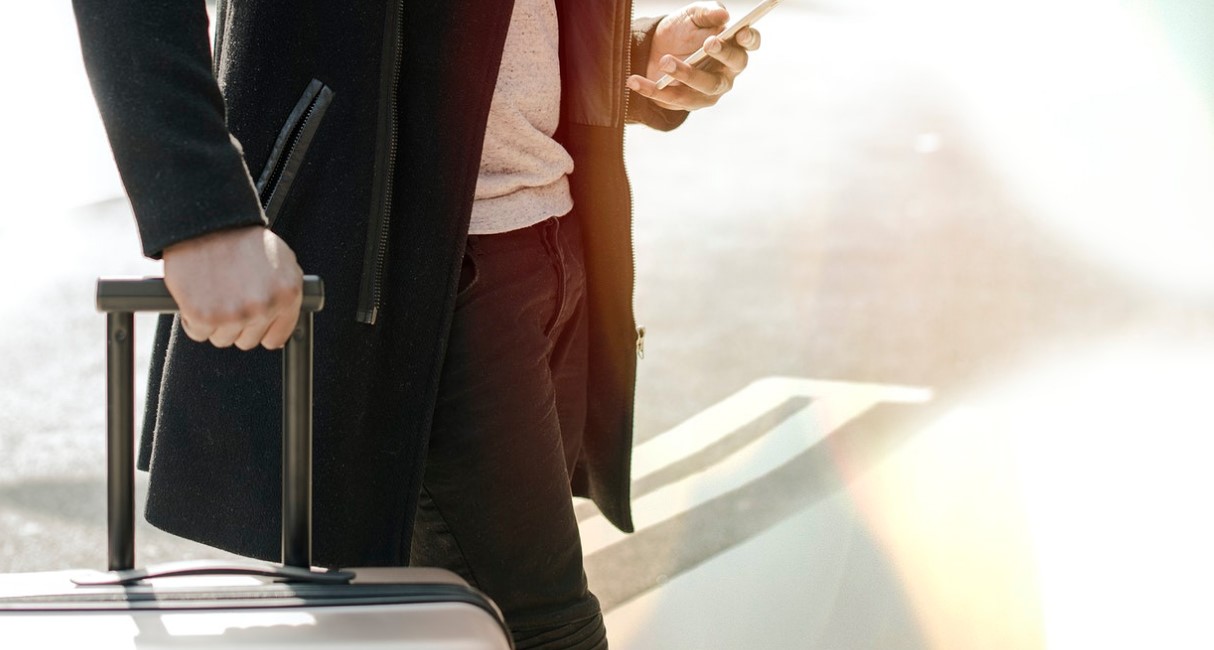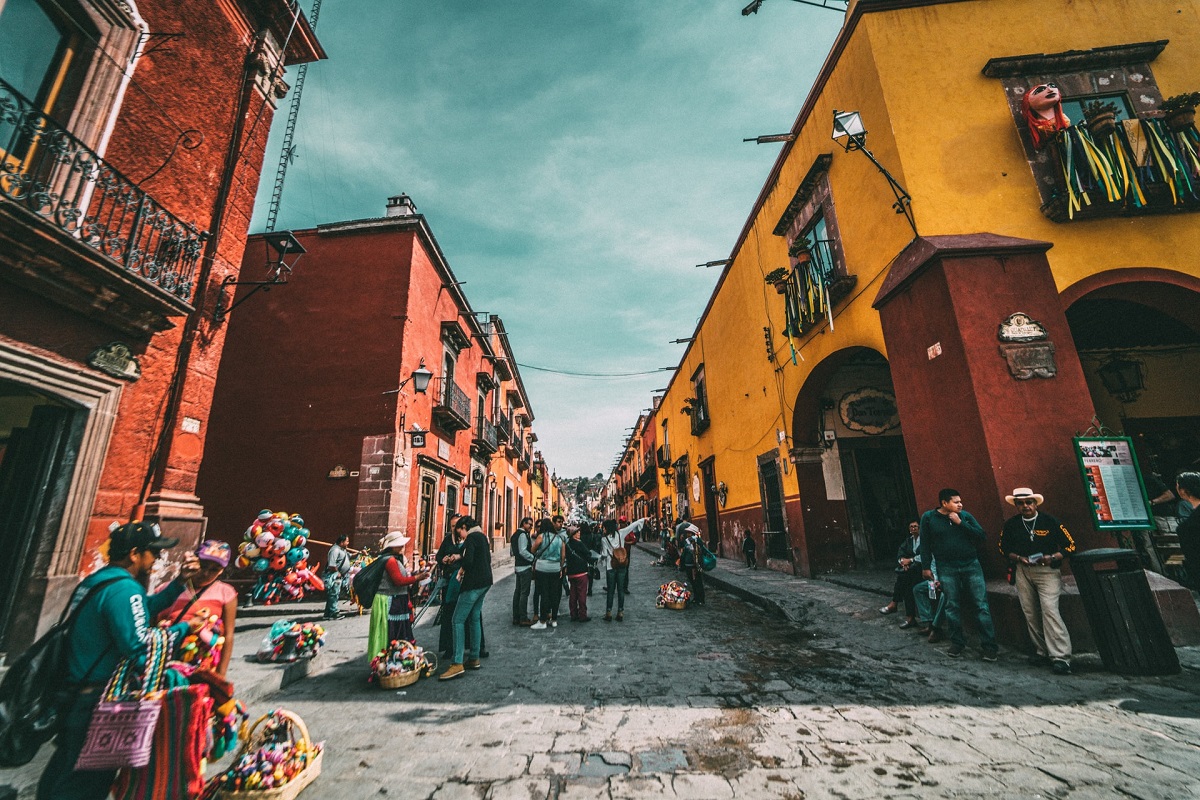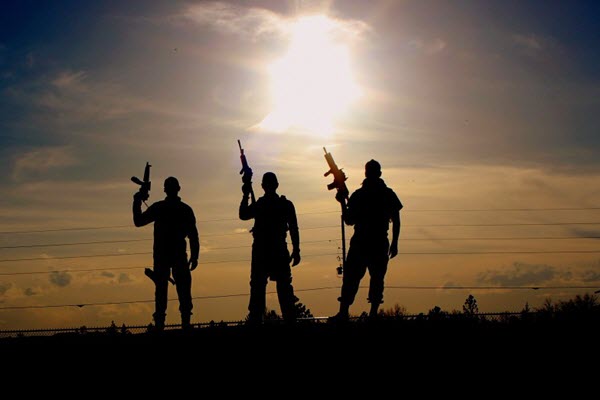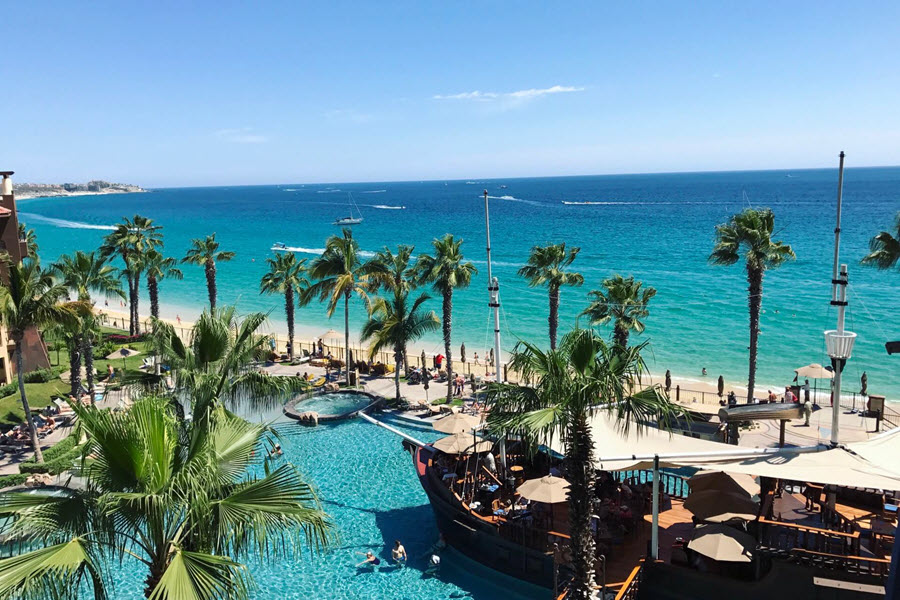Introduction
In today’s interconnected world, international business travel has become a necessity for executives, employees, and entrepreneurs. But with greater opportunity comes greater risk—especially when traveling to high-risk destinations where violent crime, kidnapping, terrorism, and corruption are prevalent. Preparing properly is the difference between a safe journey and a dangerous one.
At Hyperion, we specialize in international travel security and executive protection, giving our clients the tools, training, and personnel they need to travel confidently anywhere in the world.
Below are key travel safety tips and professional strategies for navigating hostile environments.
Situational Awareness: Your First Line of Defense
One of the most critical aspects of international travel safety is mastering situational awareness. Many first-time travelers underestimate the risks of operating in unstable regions. From kidnapping and carjacking to cartel violence and armed robbery, threats are real and immediate.
Enrolling in Situational Awareness Training with a private security consultant firm ensures you recognize warning signs, detect surveillance, and react appropriately before a threat escalates. This training is particularly vital for executives, journalists, aid workers, and corporate staff entering volatile regions.
Do Your Research Before You Travel
Security begins long before you step on a plane. Conduct thorough research on your destination that goes beyond government-issued travel advisories. Collect intelligence on:
- Local security risks – crime levels, political instability, terrorism activity
- Cultural and religious norms – to avoid unnecessary attention
- Corruption and infrastructure reliability – police, border security, and emergency services
- Natural disaster risks – floods, earthquakes, disease outbreaks
Understanding the environment allows you to plan effectively, anticipate risks, and determine the level of executive protection services required.

Build a Travel Security Plan
Based on your research, develop a risk management plan tailored to your itinerary. This should include:
- Secure communications equipment and discreet GPS trackers
- Emergency contact protocols and pre-drafted alert messages
- Medical evacuation coverage and contingency evacuation routes
- Safe accommodations vetted for 24/7 surveillance and controlled access
A well-prepared plan ensures that when something unexpected happens, you can act quickly and decisively.
Cybersecurity for Travelers
Digital security is often overlooked but equally critical. Executives and UHNWIs traveling abroad are prime targets for cyber espionage and data theft. Before traveling:
- Encrypt and password-protect all devices
- Avoid storing sensitive corporate or personal data locally
- Use secure VPNs and avoid public Wi-Fi
- Store critical documents in encrypted cloud storage rather than on your device
Protecting your digital footprint keeps you, your family, and your company safe from additional vulnerabilities.
Personal Travel Security
Once in-country, focus on blending in and reducing your profile. Dress to local standards, avoid luxury items that draw attention, and prepare a “go bag” with emergency essentials.
Additionally, consider enrolling your upcoming trip in the Department of State’s Smart Traveler Enrollment Program (STEP). That way, the US Embassy can get in touch with you in an emergency, whether it’s in the form of civil unrest, a natural disaster, or even a family crisis.
Other key strategies include:
- Avoid lodging near government buildings, embassies, or high-profile landmarks
- Plan safe routes and alternative exits from your accommodations
- Identify nearby hospitals, police stations, and border crossings
- Keep emergency transport options readily available
- Have a well-stocked medical/survival kit you can use in emergencies
Maintaining a low profile greatly reduces your exposure to opportunistic threats.
The Role of Executive Protection Abroad

For high-risk travel, executive protection services provide unparalleled safety. Ultra-High Net-Worth Individuals (UHNWIs), celebrities, senior executives, and government officials are constant targets of hostile surveillance, kidnapping attempts, and criminal opportunists.
Having trained, armed security agents ensures:
- Threats are detected and neutralized before they escalate
- Secure transport and protective drivers reduce road-based risks
- Family members traveling abroad receive the same level of care
- Crisis response and extraction are immediately available if required
Our agents bring elite backgrounds in special operations, intelligence, and law enforcement, ensuring the highest standard of global travel safety.
Final Takeaway: Prepare, Protect, and Prevail
Traveling to high-risk international destinations doesn’t need to mean unnecessary exposure to danger. With proper research, training, and the support of private security professionals, executives and their teams can conduct business securely and confidently—no matter where the mission takes them.
At Hyperion, we provide tailored international travel security services including protective surveillance, crisis response, secure transport, and armed executive protection. When every move matters, we make sure you and your people are protected.




